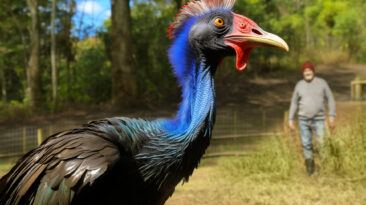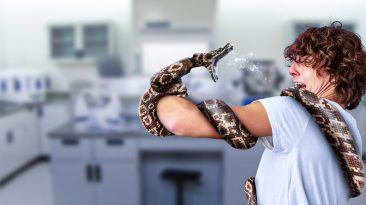Over 55 million years ago, the Earth was home to the Titanoboa, one of the largest snakes ever to live. Longer than a school bus, heavier than a polar bear, and powerful enough to kill crocodiles, this prehistoric predator ruled the tropical waters of South America. But what if it had never gone extinct? What if it kept evolving and survived to the modern day? Here are seven things that could happen if this colossal snake was still slithering or swimming among us.
1. A Predator the Size of a Bus
The prehistoric Titanoboa was a giant by any standard. Measuring up to 15 meters (50 feet) long, with a girth of about one meter (three feet), it could weigh over 1,000 kilograms (2,300 pounds).

Cold blooded but lightning fast in ambush, it hunted by wrapping its body around prey and squeezing until there was no escape, then swallowing its victim whole. Its mottled brown coloring allowed it to blend perfectly with swampy waters, making it almost invisible until it struck. In a modern ecosystem, this size and stealth would make it one of the most feared predators alive.
2. Thriving in a Hotter World
The Titanoboa evolved during the Paleocene epoch when the Earth’s average temperature was around 24 to 25°C (75 to 77°F) all year long, with lush forests at the poles and no ice caps. As a cold blooded reptile, it relied on the warm climate to fuel its metabolism and grow to enormous sizes. In today’s era of rising global temperatures, these conditions could return, allowing a warm climate Titanoboa to thrive once again, especially in tropical rivers, flooded coastal regions, and even warmer polar seas.
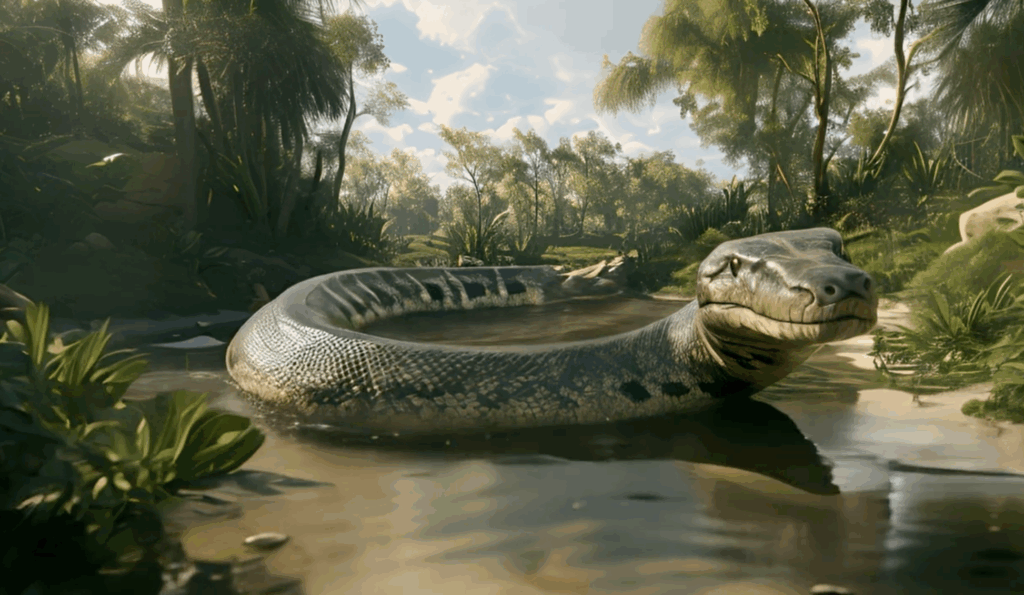
3. Adapting to Survive Climate Extremes
Around 56 million years ago, the Earth experienced a sudden heat spike called the Paleocene Eocene Thermal Maximum (PETM), when global temperatures rose by up to 8°C (14°F). This event could have forced the Titanoboa to adapt in several ways, perhaps moving to cooler polar regions where crocodiles roamed or shifting from aquatic hunting to stalking large mammals on land. A modern day Titanoboa could display similar adaptability, expanding its territory as temperatures shift due to climate change.
4. Evolving into a Warm Blooded Super Snake
As the climate cooled during the Eocene and Oligocene, cold blooded Titanoboas would have struggled to maintain body heat. In our hypothetical survival scenario, they could have evolved warm blooded traits similar to certain sharks and tuna, using vascular heat exchange to regulate their temperature.
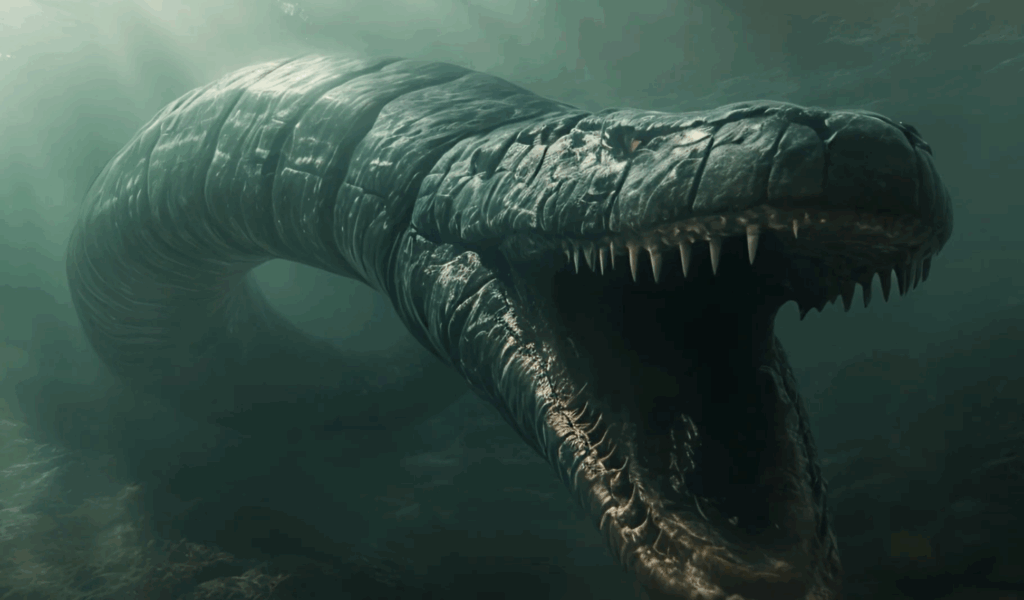
This would allow them to remain active in cooler waters and climates, making them far more versatile predators able to hunt in deserts, temperate zones, and even colder seas.
5. Splitting Into Two Powerful Subspecies
If the Titanoboa had survived into the present, it might have branched into two highly specialized forms.
The Ocean Titanoboa would be warm blooded and shark like, able to travel vast distances through the sea while hunting in both tropical and temperate waters.
The Desert Titanoboa would have a sandy coloration, an ability to burrow deep underground, and the capacity to conserve moisture. It could strike at prey such as camels from beneath the sand with deadly precision.
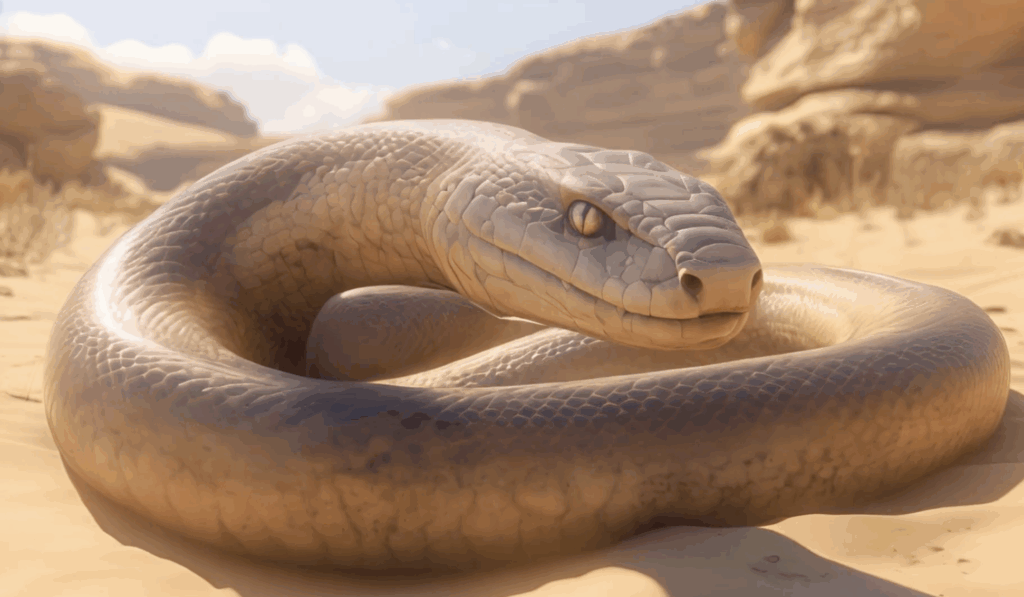
Both versions could grow up to 23 meters (75 feet) in length and more than a meter in width, making them the largest snakes to ever exist.
6. Shaping Human History and Myth
For thousands of years, humans would have feared and respected the Titanoboa. Sailors might have avoided deep waters for fear of ocean attacks, while desert nomads would watch their camels for signs of underground movement. Ancient myths and legends could have been inspired by sightings, much like dragons and sea serpents in real history. In modern times, Titanoboas might be rare but still feared, similar to how people think about shark attacks today.
7. The Future: From Climate Threats to Human Prey
Global warming could give the Titanoboa another evolutionary advantage, with warmer oceans and rising sea levels creating new hunting grounds. But habitat destruction and ocean acidification could threaten its survival by killing off its prey.

If food became scarce, a desperate Titanoboa might target the one species that is everywhere, humans. Flooded coastal cities could become new hunting zones, and the possibility of an encounter with a snake longer than two buses would be a nightmare we would never forget.















